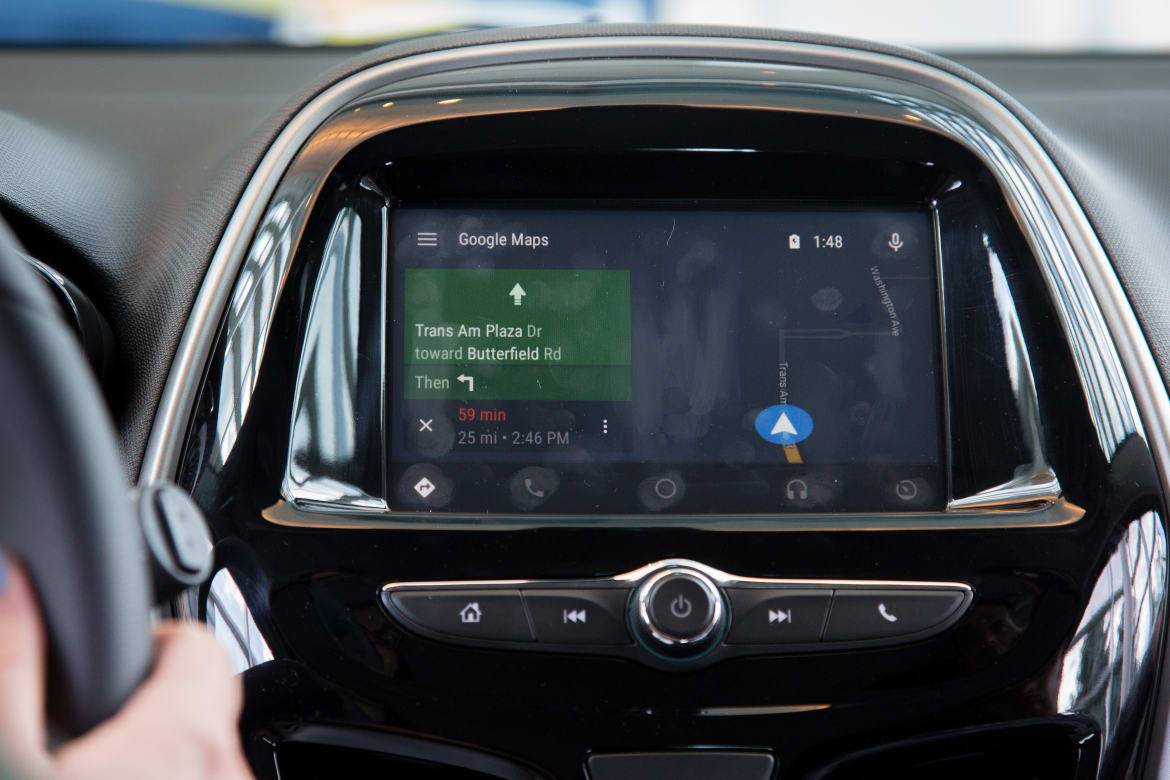Will Smartphone Integrations 'Future-Proof' Your Car?

CARS.COM — As more consumers demand a familiar format for accessing their smartphone’s features and apps when driving, car manufacturers increasingly are offering Apple CarPlay and Android Auto. This is a big switch for many automakers, because they previously had developed only proprietary infotainment systems. And it’s good news for you: Utilizing your smartphone instead of an automaker’s in-house system helps to “future-proof” your car, says Thomas Mutchler, senior automotive engineer for Consumer Reports.
Related: Hands-On With GM’s Apple CarPlay, Android Auto
Many automakers now offer Apple CarPlay and Android Auto in their 2016 and 2017 models, and these systems use your own smartphone to play music, send and receive text messages, and navigate by plugging your phone into the car through its USB cable. As smartphones evolve, consumers can easily can incorporate those changes into their car, instead of “being stuck with what the car originally came with” or having to head to the dealer for software updates, Mutchler said.
Smartphone integration allows consumers to rely on a system they’ve had plenty of experience using, with the phone’s icons displayed on the car’s screen. In the cars from some manufacturers, such as Volvo, those icons take up just a portion of the touch-screen, while others, such as Hyundai, General Motors and Ford, give up the entire touch-screen, so the customer has more of an Apple or Google experience. “It doesn’t look or feel anything like anything out of Detroit or Japan,” said Mark Boyadjis, principal analyst and manager of automotive user experience at IHS.
Of course, there’s some duplication between the car’s own systems and phone systems. You can dial your phone, play music or use navigation (if the car has its own) on either system. The situation is “ripe for having the potential for consumers to not use a vehicle to its full capability,” and to pay for a range of technology but use only a fraction of it, said Kristin Kolodge, executive director of driver interaction at J.D. Power.
Kolodge also said that because the way you execute tasks differs, there is potential confusion. For example, to access some car voice-recognition systems, you may need to quickly push a steering-wheel button, but to talk to Siri on your iPhone, you may need to hold a button for 1 to 2 seconds. “The user has to think about which system they’re talking to and how to get into that system,” she said.
Since the way the in-car versus phone systems interact with the car and with your phone varies by manufacturer, customers would be wise to test them, just as they try out other features when shopping for a vehicle, to find out which type of interaction they prefer most.
While automakers are making their vehicles compatible with smartphones in response to consumer demand, they’re also intent on differentiating their cabin experience with their own native systems that they believe provide far more features than smartphones can offer. Mercedes-Benz provides the Apple and Android experiences, but its Comand system also offers customers real-time traffic information, as well as advanced driver assistance systems, allowing for car-to-car communication for the first time. Audi’s MMI system can anticipate the curves of the roads and adjust the headlights for optimum safety.
Not all manufacturers are on board with using smartphones. Nissan does not yet offer Apple CarPlay or Android Auto in its vehicles and instead just launched Siri Eyes Free, which has more limited capability than Apple CarPlay, on its 2016 Nissan Sentra.
Featured stories




